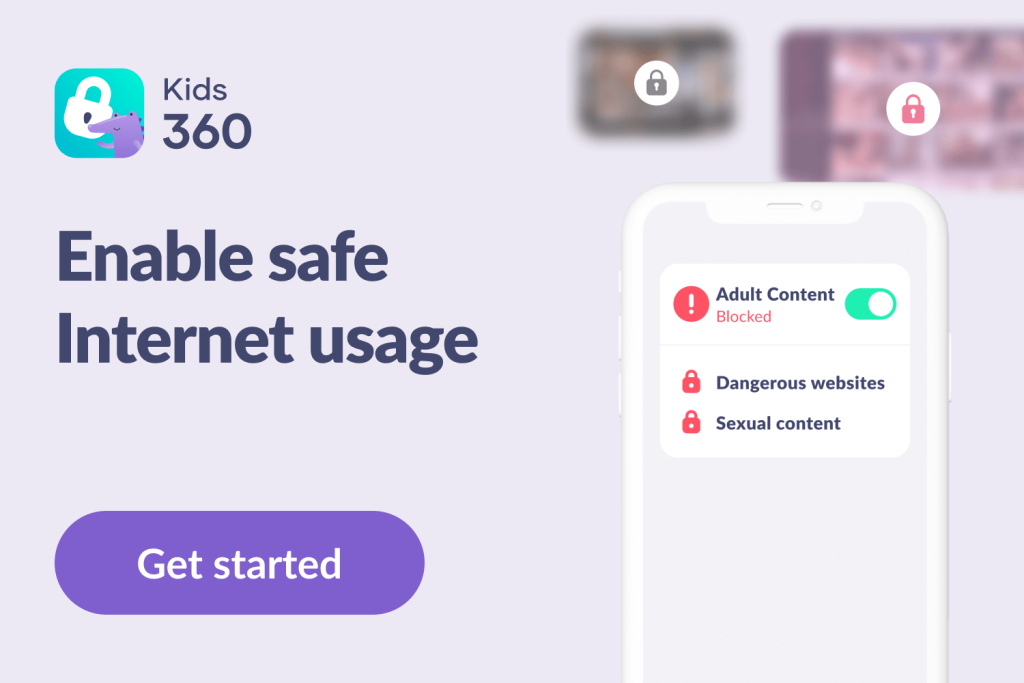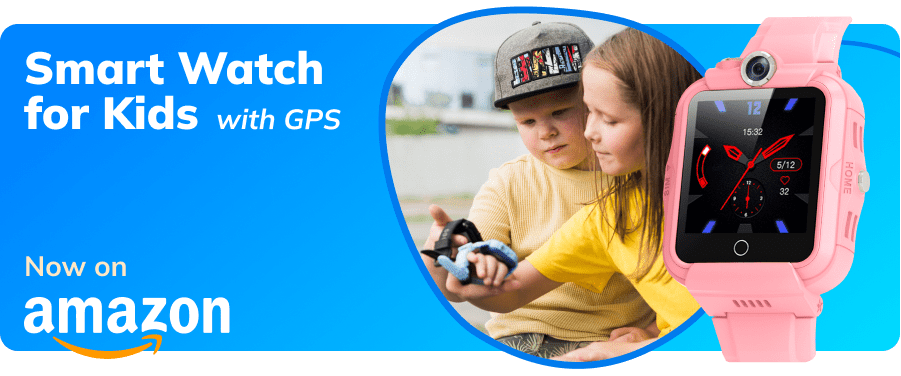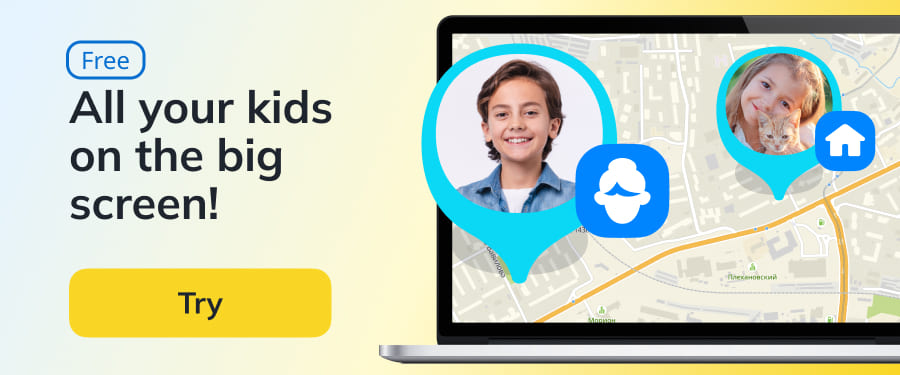From Clicks to Conflict: Examples of Rage Bait and How to Spot Them

The online world presents so many dangers to kids—and adults—that it’s hard for parents to stay on top of the threats. We may be aware of toxic influencers and unsavory TikTok trends, but what about rage-baiting? Below, we’re going to take a look at this pernicious form of clickbait, how to recognize it, and ways to protect your kids.
Contents:
- What is Rage Baiting?
- Common Platforms for Rage Baiting
- Why Kids and Teens are Vulnerable
- Risks of Rage Baiting for Children
- How to Recognize Rage Baiting
- How Parents Can Protect Kids
- FAQs
What is Rage Baiting?

Tero Vesalainen/Shutterstock
Rage baiting (also known as rage farming) is intentionally provocative content that aims to get clicks by generating anger, frustration, or an extreme reaction. By triggering an anger response, such content serves as clickbait and can take the form of, for example, social media posts and comments, memes, or videos on platforms like YouTube, Facebook, and TikTok. The ultimate aim of rage baiting is to drive up engagement, views, or traffic.
Rage baiting, unlike other forms of online provocation, is typically calculated rather than chaotic. It has a very specific goal—engagement—and often targets a specific group, such as activists, fandoms, or minorities. It’s an extremely powerful tactic as it taps into both platform algorithms and human psychology, grabbing our attention fast and compelling us to engage.
Some examples of rage baiting are deliberately upsetting content on a sensitive topic, sexist or racist material, an insulting meme that may be funny to one group of people, a post insulting a celebrity, or a YouTube title or post that misrepresents the content. One particularly popular form of rage bait at the moment of the posting of outrageous, extremely disgusting recipes, designed simply to attract negative comments.
Common Platforms for Rage Baiting
Now that we’ve answered the question “what is rage baiting?”, it’s time to discover the platforms where you’re most likely to encounter it. Some of the most common platforms for rage baiting include TikTok, YouTube, Discord, and other social media forums, as well as online gaming chats. The idea is to create an emotional response in viewers, and a cycle of outrage that effectively amplifies the visibility of the post—maybe even causing it to go viral.
By manipulating a user’s emotions, rage bait online exploits our anger triggers to try to make us react in a way that benefits content creators. This could be through generating views and reactions to ultimately gain more revenue. And sometimes, like online trolling, rage baiting’s main goal, aside from driving up engagement, is simply to cause chaos and sow discord.
Why Kids and Teens are Vulnerable
Young people may be particularly at risk when it comes to rage-baiting. This is partly due to the greater impulsivity of kids and teens. When online anger triggers are used, it can be harder for children to recognize them for what they are, whereas an adult may be more cynical. Young people are also more likely to feel the sort of peer and social media pressure that makes them want to react or engage with a post quickly, rather than taking time to think about it.
We all know how hard it is to practice self-regulation when online. Many adults fall victim to social media doom scrolling, despite their best intentions. For kids and teens, resisting this urge is even more difficult, and it’s almost inevitable that, at some point, they’ll encounter rage bait online, whether this is while checking out their Facebook feed or chatting on a gaming forum.
Risks of Rage Baiting for Children

fast-stock/Shutterstock
When kids encounter rage baiting online and engage with it, the situation can quickly escalate. This could mean your child getting caught up in a vicious online argument, being exposed to toxic, inappropriate content, or becoming a victim of online trolling or cyberbullying. Online conflicts can cause emotional stress, anxiety, and even lead to problems with self-esteem—and it’s not easy to switch off from the online world when our devices are with us 24/7.
Rage baiting can cause feelings of overwhelm, isolation, and hopelessness, especially when it’s frequently encountered. Plus, the more rage bait is engaged with, the deeper the impact, and the more likely that kids will have this type of content appear on their online feeds.
There are more risks associated with rage baiting. Engaging with this content can damage friendships and peer relationships and harm digital reputation. After all, once something’s online, it’s usually there forever. When we’ve cooled down, we may not be able to retract our words, something that children, especially, may have a hard time realizing in the heat of the moment.
For older kids creating their own content, there may be the temptation to use rage bait to generate more views and engagement, thereby boosting their visibility. While this may seem like a quick and easy way to virality, it can have a profoundly negative impact. For the creator, there’s the moral quandary—they know what they’re doing isn’t right, but feel the pressure to keep their audience reacting and growing. This can result in a negative cycle that’s harmful for kids’ mental health and general well-being.
How to Recognize Rage Baiting
Knowing how to spot rage bait online is key when it comes to internet safety for kids. So, what are the tell-tale signs of this type of content?
Look out for any content (such as a video, meme, post, or comment) that seems designed to provoke a strong emotional reaction and that’s controversial, inflammatory, or seeking to elicit outrage. Rage baiting relies on algorithms used by social media sites, which promote content with a large volume of comments.
Common rage-baiting tactics are posting controversial comments designed to spark angry exchanges instead of discussion, or starting a conflict, and then acting as the victim when others respond. Other tactics include deliberately misrepresenting someone or their position, a personal attack disguised as concern, or appearing to be reasonable at first before launching in with inflammatory comments. It’s important for parents to know how to spot the patterns of rage baiting, to be able to guide their kids.
A real-life example of rage baiting is the content posted by creator Winta Zesu, who makes thousands of dollars from her social media posts that provoke largely angry comments. Zesu’s content takes the form of videos documenting the life of a New York City model who suffers from being “too pretty.” Although fictional, the posts often garner millions of reactions, with Zesu profiting handsomely from the barrage of negative comments. She’s just one content creator harnessing the power of hate to rake in a serious amount of cash.
Quick Checklist for Parents and Kids
To make it easier, here’s a simple way to spot rage bait:
- Look for posts that are written to provoke outrage, not inform.
- Notice if the content has an exaggerated or clickbait-style headline.
- Check whether the tone is sarcastic, mocking, or inflammatory.
- Watch for personal attacks that pretend to sound like concern.
- Be cautious if the creator acts like a victim after sparking conflict.
- See if the post is getting lots of angry comments and shares quickly.
If several of these apply, it’s likely rage bait—and the best response is not to engage.
How Parents Can Protect Kids

The Kids360 app
Rage baiting may be everywhere right now, but there are plenty of things parents can do to protect their kids from the harm it can cause.
- Firstly, it’s important to create an open atmosphere at home so that children feel safe sharing their concerns and experiences with you. This will allow you to communicate regularly with your kids and teens and explain the dangers of rage baiting in an age-appropriate way.
- It’s also a good idea to set rules around device use, such as maximum daily screen time, and when kids can and can’t use their devices. Meal-times and the hour before bed could be a screen-free zone, for example.
- You should also think about the sort of platforms and websites you’re happy for your child to access, and take steps to block those you deem inappropriate. Many sites have built-in parental controls to limit what kids can see and engage with, or you could use a third-party parental control app.
- Explain to children how important it is to take the time to think before reacting or commenting on an online video, post, or other content in anger. It’s best to step away and think before reacting, or, alternatively, blocking, or reporting toxic users and content. As parents, we can model good practices here, however hard this may be! Thinking before clicking is good advice for everyone.
- Discuss digital values and have a conversation around why people post things and what this may say about their aims and insecurities. Widen the discussion to include empathy, and how it can be much easier to say things in anger online than in the real world. However, it’s important for kids to understand that their actions online can have very real consequences and even cause harm.
- You could also use a conversation about rage baiting as a springboard to talking about emotional coping tools. Mindfulness, breathing techniques, exercising, listening to music, reading a favorite book, or spending time with friends in the real world can all be good ways to counter the negative emotions that rage-baiting stirs up.
Going back to those third-party parental control tools. An app such as Kids360 is an effective way to monitor what your kid is viewing online, and is a practical solution to helping children steer clear of platforms where rage-baiting is commonly found. You can use it to manage screen time and block sites that you’d rather your child not have access to.
Teaching Kids Not to Take the (Rage) Bait
Rage baiting can be extremely hard not to react to. And if it’s a challenge for adults, it’s even trickier for kids, who are typically more impulsive and not as likely to think through the full consequences of their actions. While rage baiting is prevalent right now, especially on social media platforms, it can be protected against.
Use the guide above to help speak to your children and teens about this particular online threat and how to avoid falling victim to it.
FAQs
What is rage-baiting?
Rage baiting is content (including videos, memes, posts, and comments) deliberately designed to be provocative and elicit strong feelings of anger or frustration. Its aim is to increase traffic and engagement to boost visibility and, often, drive up revenue.
What is an example of rage bait?
Rage bait could be deliberately posting an unpleasant comment about someone’s favorite celebrity, creating inflammatory content about a current world event, or misrepresenting someone or their position. It could take the form of false statements or opinions, out-of-context clips, racist or sexist content, provocative opinions on a sensitive issue, or meme formats created to spark conflict.
How to tell if someone is rage-baiting?
Some common signs of rage baiting include making provocative comments, playing the victim after provoking a reaction, deliberately triggering a person or audience, daring others to react, and the creator denying they meant to cause any harm or anger.
Is rage-baiting a sin in the Bible verse?
Rage baiting isn’t specifically mentioned in the Bible (of course!), but the Bible does counsel practicing self-control and not deliberately provoking anger or bad feelings, which may lead to sin.
Cover image: Antlii/Shutterstock
Проверьте электронный ящик



















